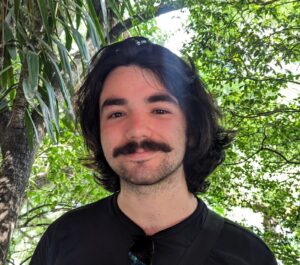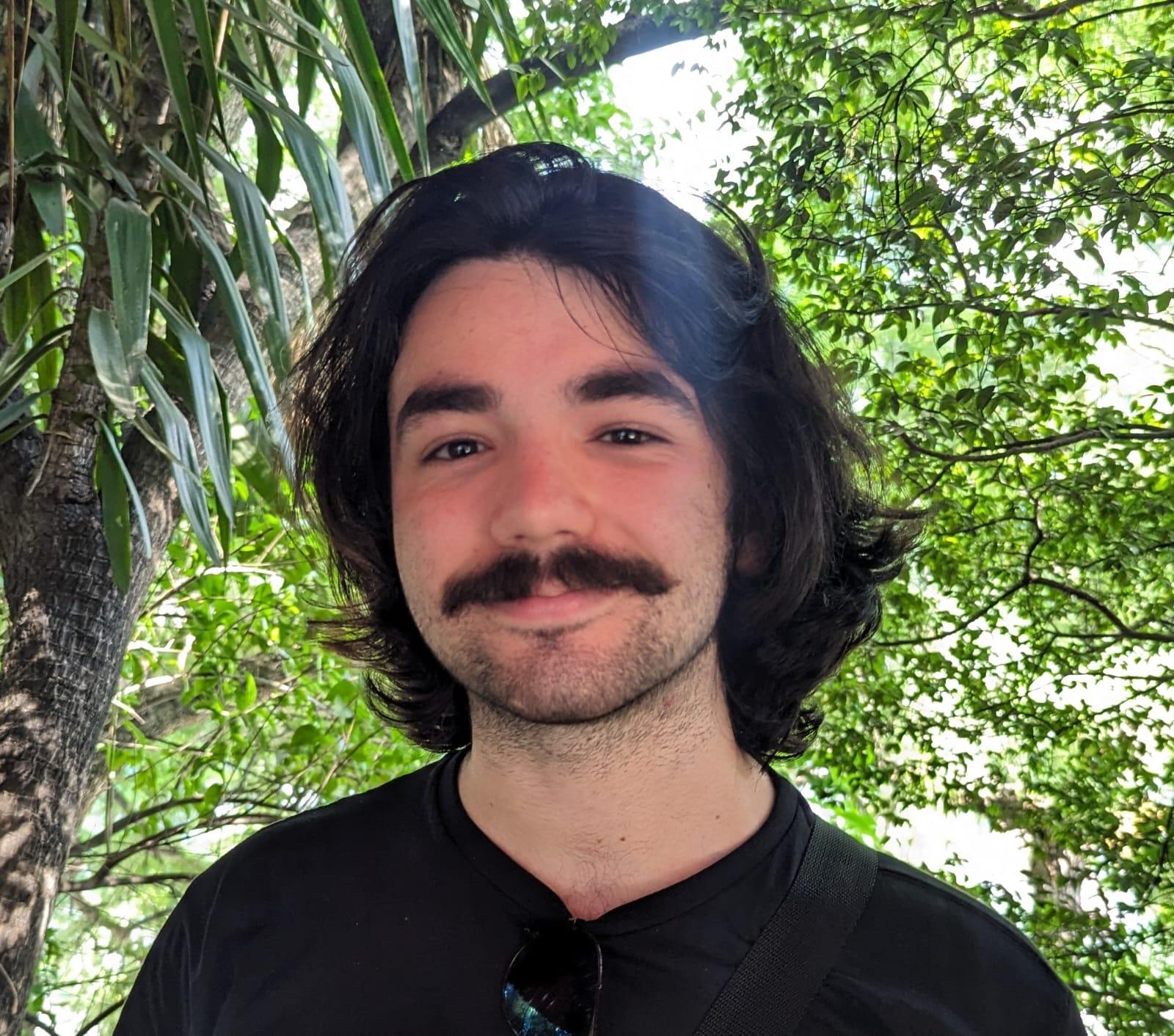Earlier this month we welcomed four new PhD students to HASP, and each week we’ll be meeting with one of them to learn more about them and their project. We’re starting off with Davi, whose PhD will focus on improving measures of perceived access to local amenities
Improving access to local amenities by active travel is an important phase in enhancing the sustainability of urban mobility. By enhancing the presence of and connectivity to essential amenities, it is possible to reduce the necessity of car-based travel, and enhance opportunities for active travel, which in turn have benefits to health.
This concept is the basis of considerable national government investment in active travel infrastructure, and a focus of many local government initiatives. Yet accessibility measures are still relatively crude.
His PhD project will expand existing approaches to better consider how neighbourhood amenities and distances are perceived by citizens.
Davi, tell us a bit about yourself and your background
I just finished my bachelor’s at the University of São Paulo, Brazil, where I did an interdisciplinary STEM degree with an emphasis on Urban Analytics. I also did a short exchange at the Digital Geography Lab at the University of Helsinki, continuing the work in my undergraduate research project on 15-minute cities and social segregation. Now, I am starting my HASP studentship, looking to continue down this path of interdisciplinary research and bridging the gap between data science and the humanities.
How did you become interested in data science?
I originally wanted to be a physicist, but while doing my undergraduate, I had a quite lengthy daily journey through the public transit system — an experience most people who have lived in the São Paulo area will certainly find familiar — and I became fascinated with the design and inner workings of transportation networks. When I had to elaborate a research project and pick a subject area at the end of the second year of my degree, it was a short leap from there into the world of data analytics and using network science to understand mobility.
What attracted you to the HASP programme?
The HASP programme is incredibly interesting to me as someone who is concerned about the impact that academic research can have in society as a whole — both positive and, when done irresponsibly, negative as well. My theme specifically — understanding individual’s cognitive perceptions of space and how that can be used in accessibility research and urban planning — is really intriguing to me as a way to use big mobility data to improve people’s lives in a direct way. However, that can only be done if we do research and use data ethically and responsibly, something I think HASP represents very well in its objectives and ethos.
What are you looking forward to about the PhD?
I am super excited to think about a lot of research directions in these first few months while we narrow down the scope of the project, as well as doing some fun experiments and coming up with new models down the line! In my free time, I’m also really eager to use this period to explore Leeds and the UK as much as I can, especially the local music scene.
Do you have plans for the future?
I hope to continue in academia, as I am very passionate about both research and teaching. Exploring the field of mobility analytics and urban science is absolutely wonderful to me and it feels incredible to be able to work on something that can have real positive impacts on people’s lives at the same time as I uncover new knowledge and pass it on to others.
What does a healthy and sustainable place mean to you?
A healthy and sustainable place is somewhere where anyone can feel free to spend time in, without having to be in a car or spend money to be around others and participate in social interactions while they fulfil their daily needs or simply enjoy their free time.








